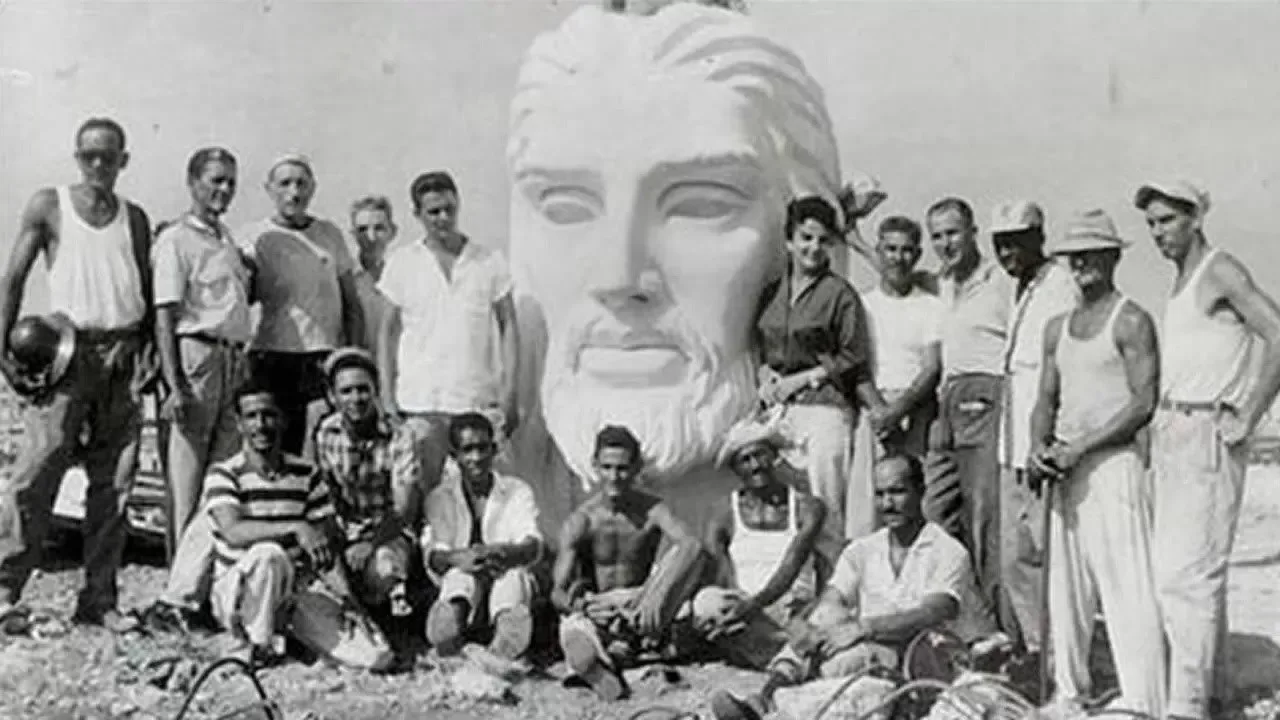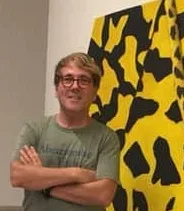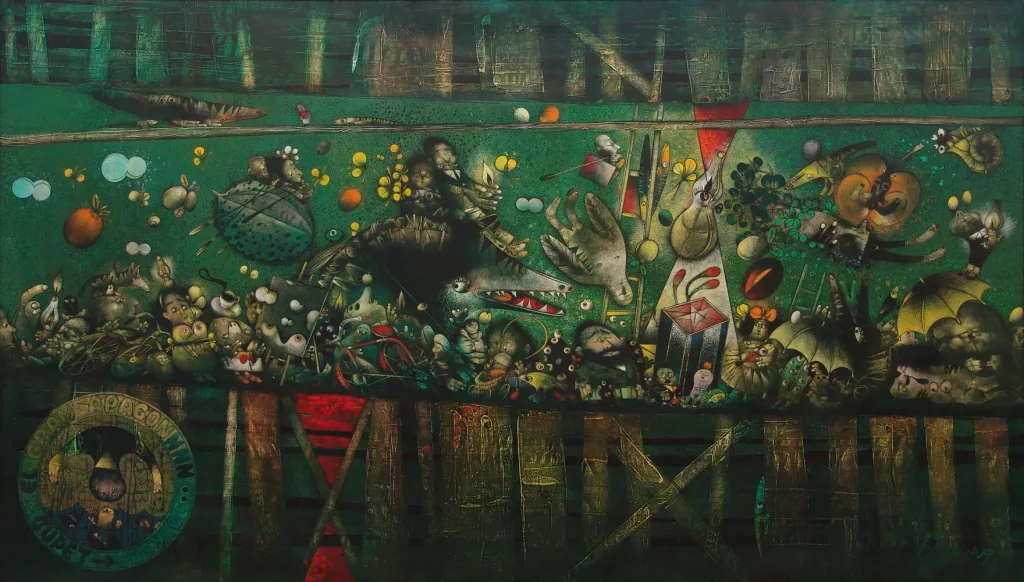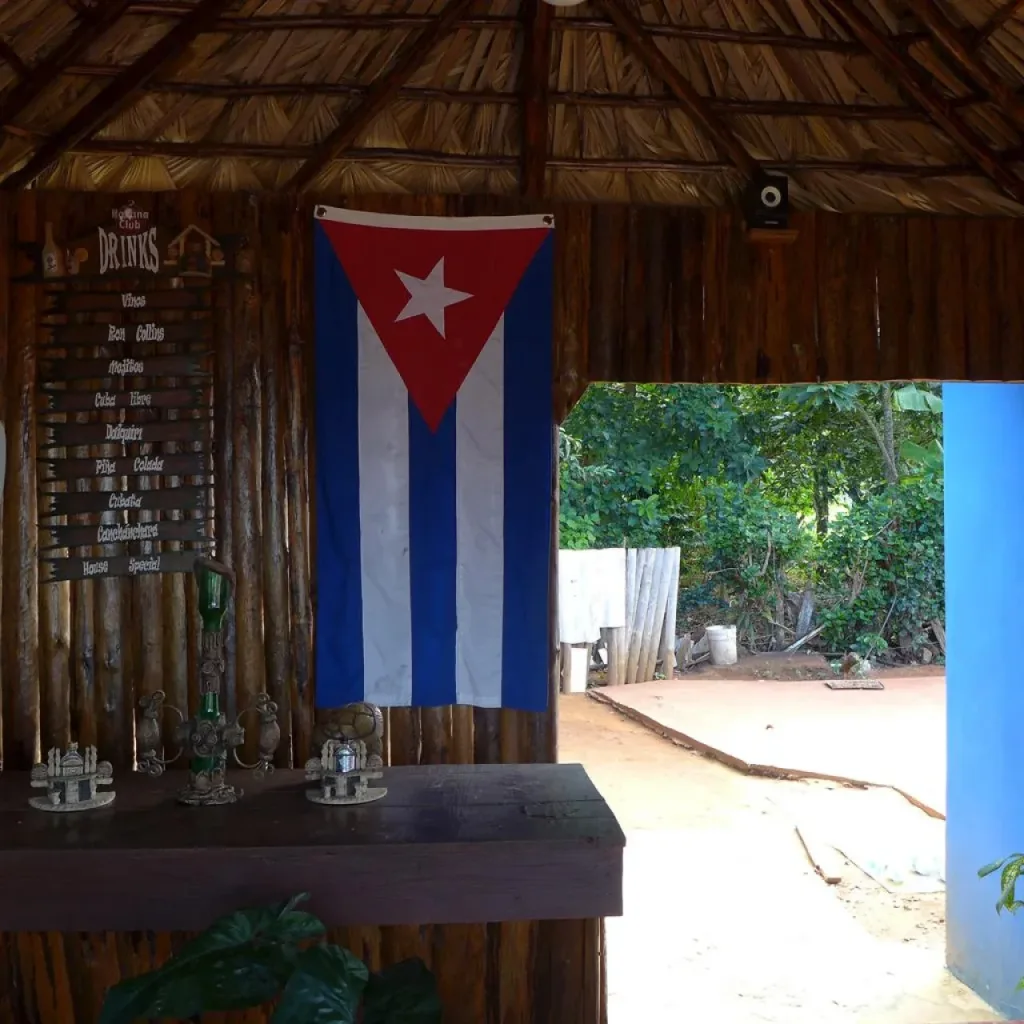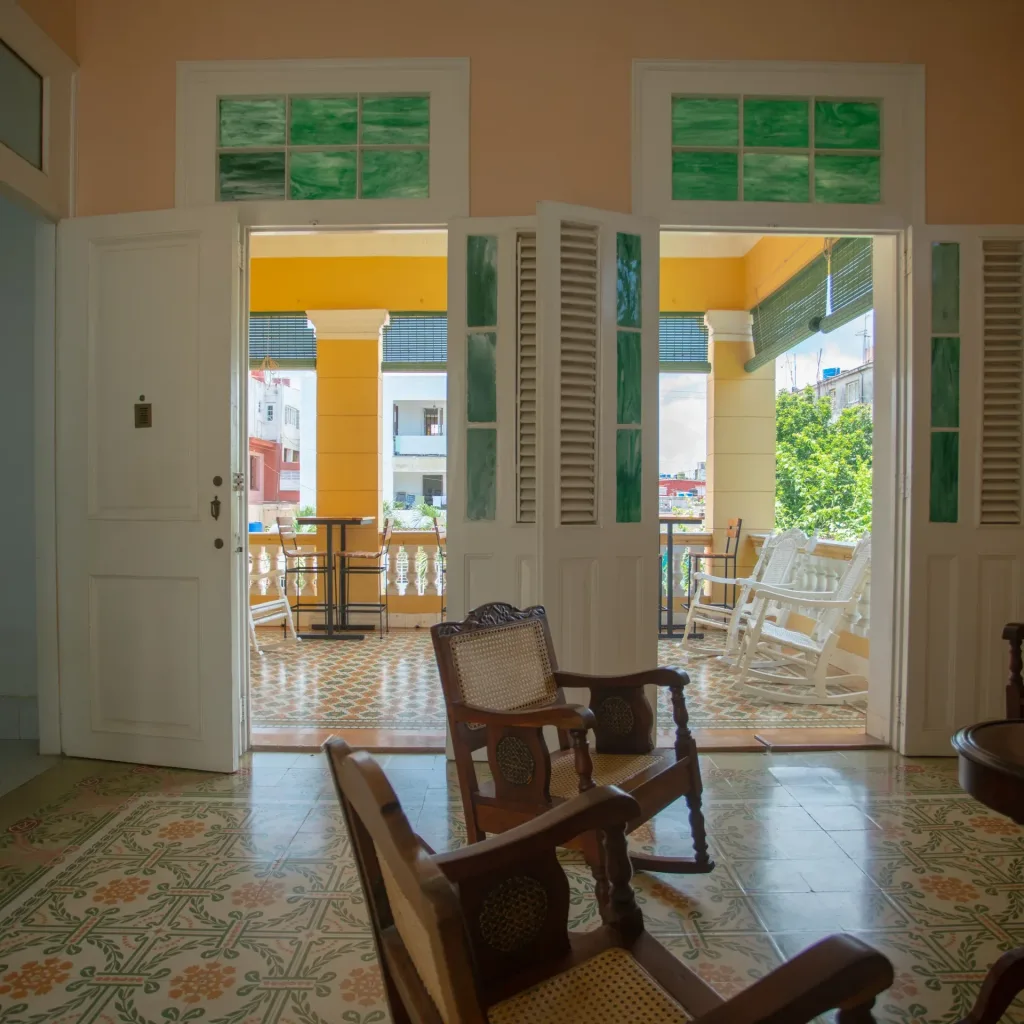Since Art has the magic to catch for the eternity the expression/impression of the creator, it would be enough to mention three of the works of the Cuban sculptor Jilma Madera (Pinar del Río, 1915-Havana, 2000) to refer to that artistic marks that exist to immortalize her: The Christ of Havana; the monument to José Martí, our National Hero, at the top of Pico Turquino (the highest Cuban elevation situated in Guamá municipality, Santiago de Cuba, in the eastern part of the country); and the one on the facade of the building of the Fragua Martiana (an open book, a flame and a five points star emerging from the smoke), in the Havanan capital.
Jilma -that in the oriental language means Flower of the countries- began to study, in 1942, at the National Academy of San Alejandro, and later on in The Art Student League (New York, United States of America). In San Alejandro she had the best sculptors of the epoch as professors, among them Juan José Sicre, the sculptor of the José Martí Monument at the Revolution Square (known as Civic Square before the Revolution). Since her early years, she was a follower of Martí. That’s why when she finished her studies in the Martiano Seminary of Havana University (Seminario Martiano de la Universidad de La Habana), she sculpted one of her most recognized pieces: the bust of José Martí. Precisely a replica of this sculpture was put at Pico Turquino (1974 meters above sea level) in the year of the Centenary of José Martí’s birth (1953), as Batista’s Government was not doing anything to remember him, so Jilma proposed to take it there, following the example of the Venezuelan that placed the bust of The Liberator Simón Bolívar in the Andes. The materials and the transfer of the play to the top were defrayed with the selling of some pieces of the National Hero sculpted by Jilma.
The Christ of Havana
Another of her important marks is the Christ of Havana, made for a contest that in 1958 was organized in Cuba, and Jilma won it. Then she became the first woman to create a piece of such magnitude: 23 meters of height (3 in the base), with a total weight of 320 tons. It is made in white marble of Carrara (Italy) – where she sculpted it- and formed by 67 pieces that complete the whole body, and which were transported by ship, from the Old Continent to here. It was inaugurated on December 25th, 1958, and set on a hill with a considerable height, situated at the left of the entrance of Havana bay. As Jilma Madera explained in several interviews, the Christ has mixed race characteristics, “with an expression in his look different from the one religion has accustomed us to”. She imagined him as a leader who was anticipated to his epoch. It is a strong and big Christ; the pectorals can be easily observed, he has a sweet face and thick lips, and the sockets of his eyes are empty, because as the creator said “they can’t be seen in the distance”. As an artist she separated from the image we were accustomed to see, that’s why she “wanted to give austerity, love and, that force that situated him beside to the poor of the earth, as Martí said”, expressed the artist once.
After many years without an exhibition of her work, in the occasion of her 80th birthday she inaugurated the sample Love and Talent (Amor y talento), in a gallery of the Villa Panamericana, in the eastern part of the capital. The exhibition was integrated by small format pieces in iron, marble, clay… made over the 70’s, as since that time she didn’t work because of her vision troubles. It constituted another prize to the person who left her piano studies in the Conservatory because she was upset- as she confessed- she had never won any award. That is the reason why she entered San Alejandro Academy, where she won numerous awards; and the immense one of remaining forever among us. The creator also left her artistic marks in other countries, such as the bust of Eugenio María Hostos (San Juan, Puerto Rico) and the bust of Franklyn Delano Roosevelt (Washington, U.S.A.),

